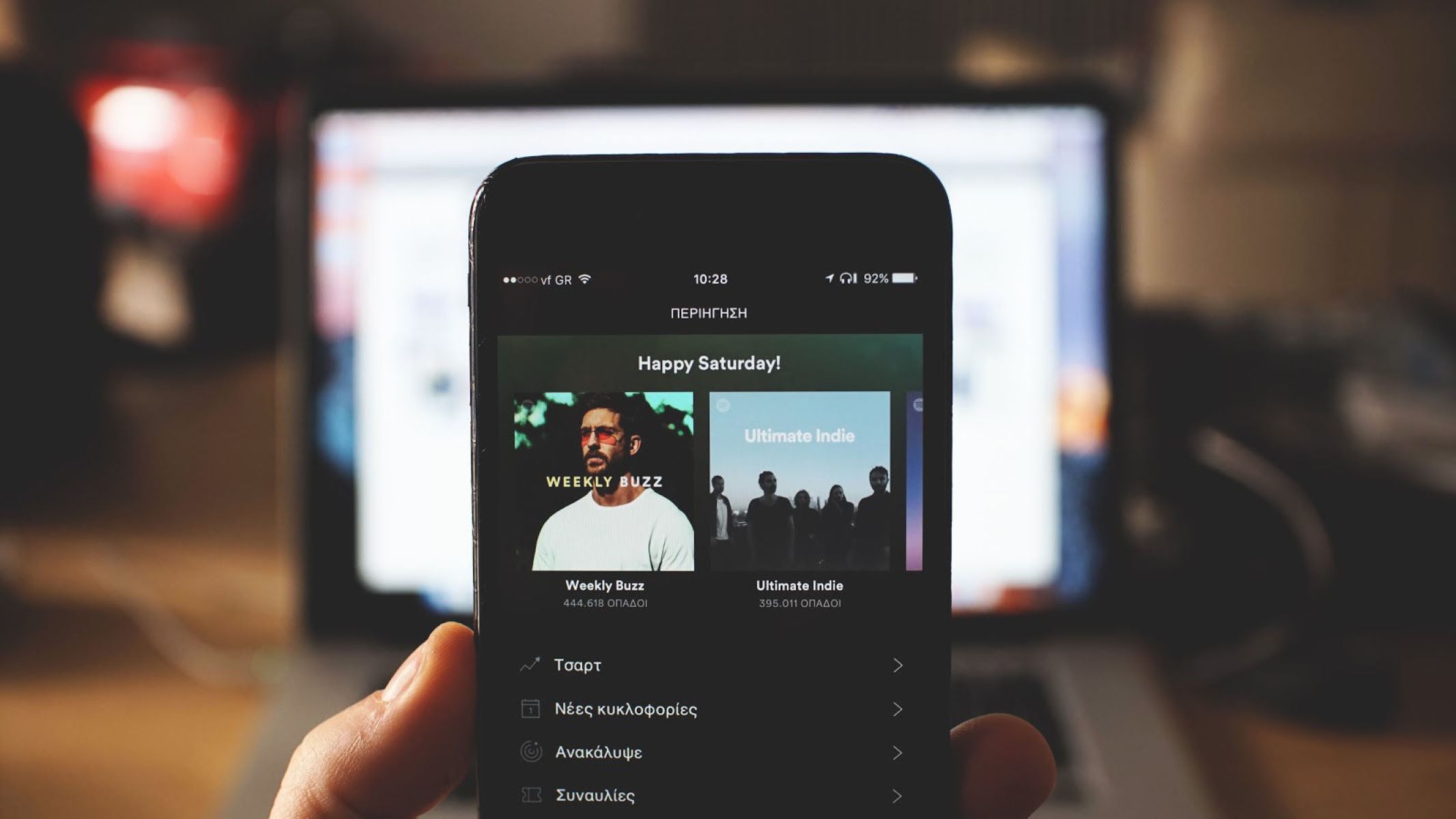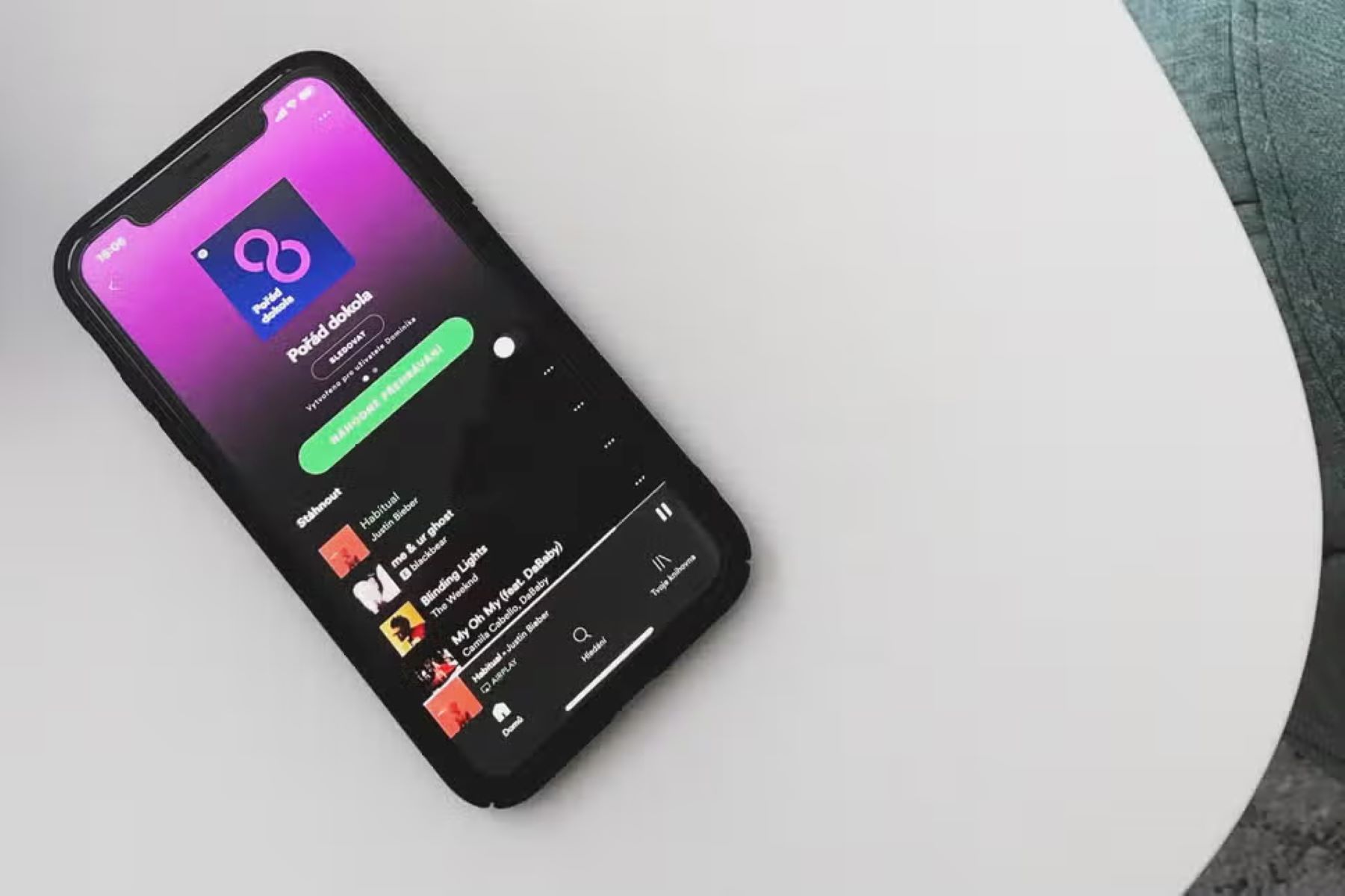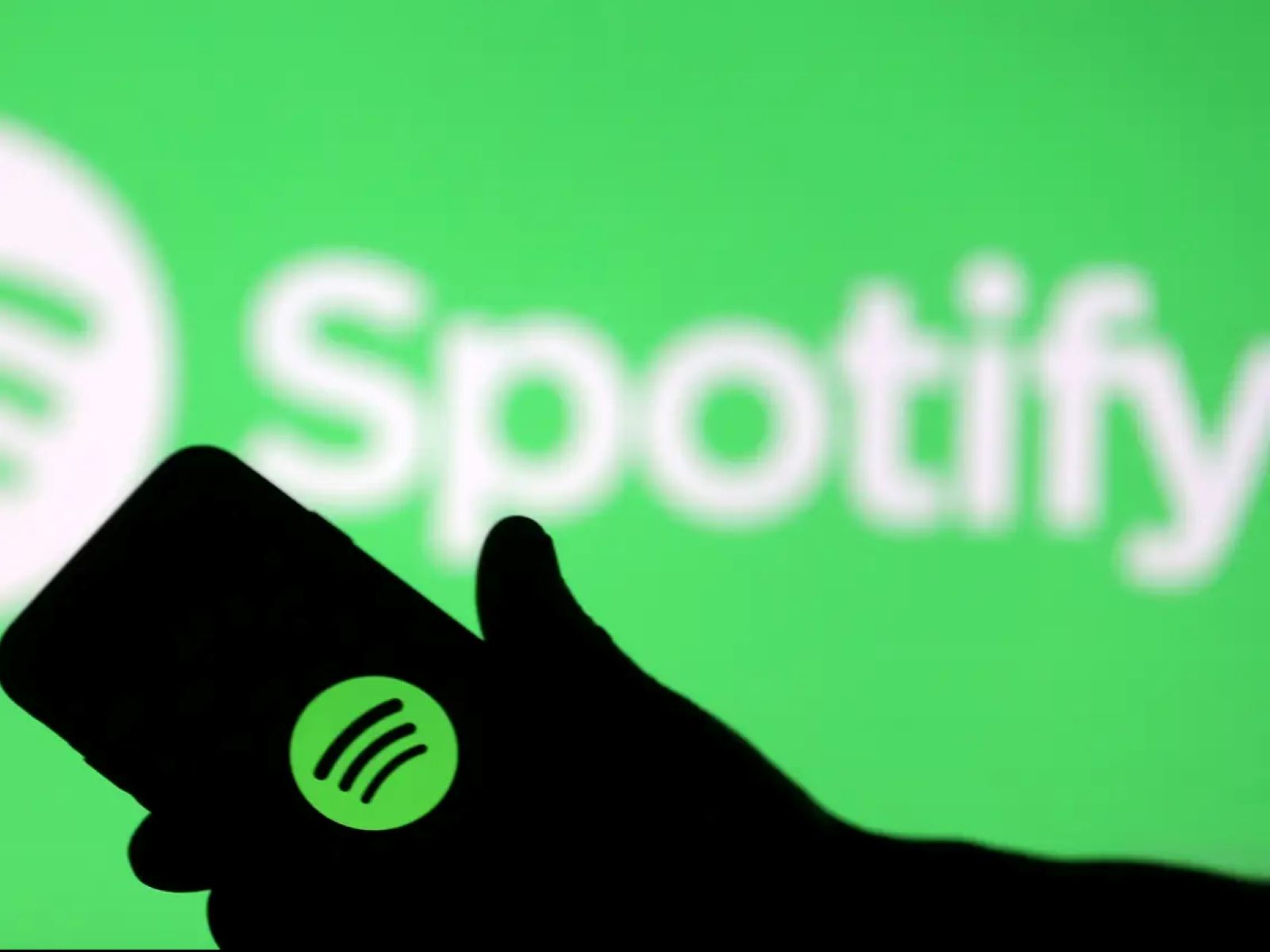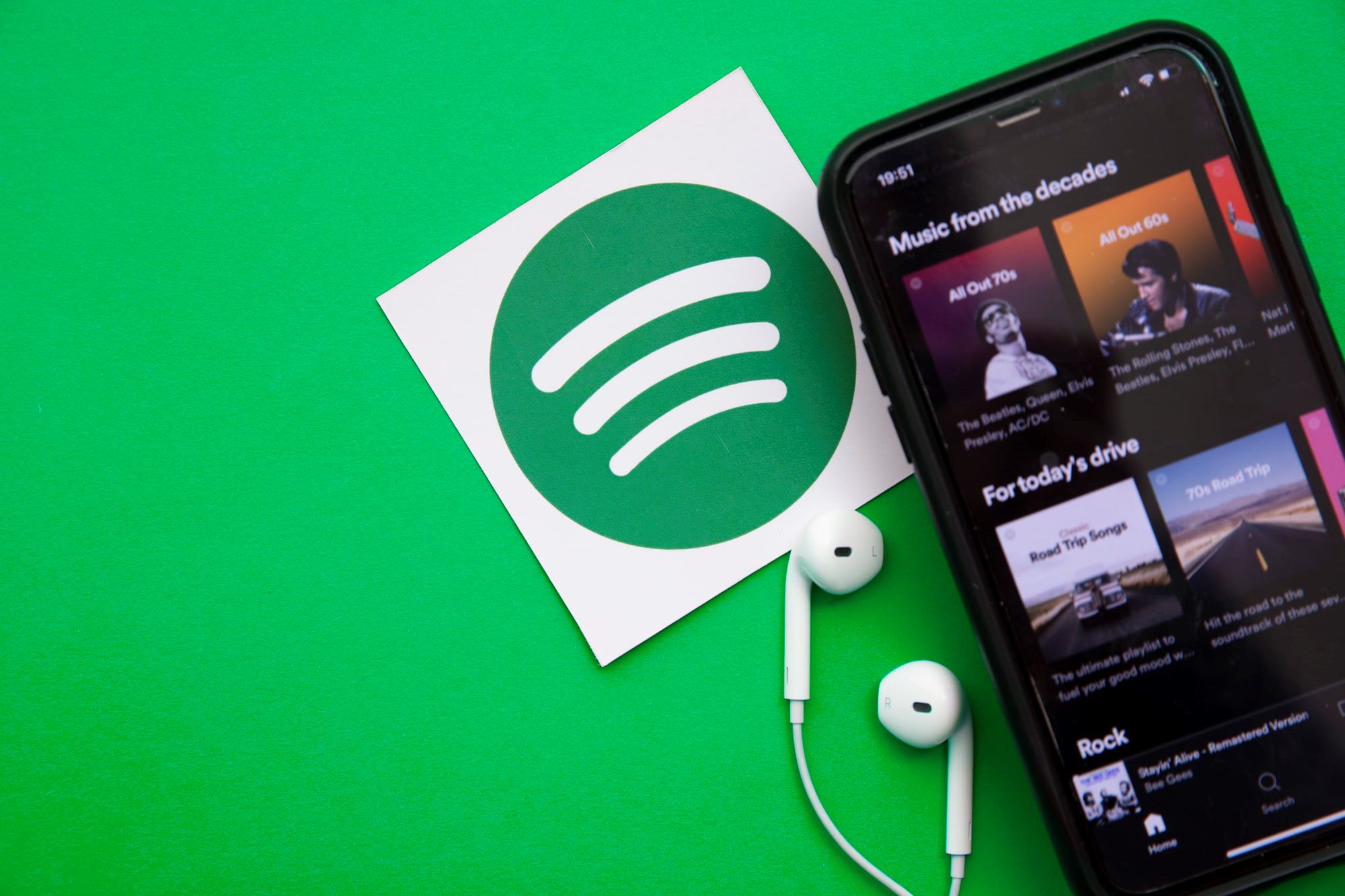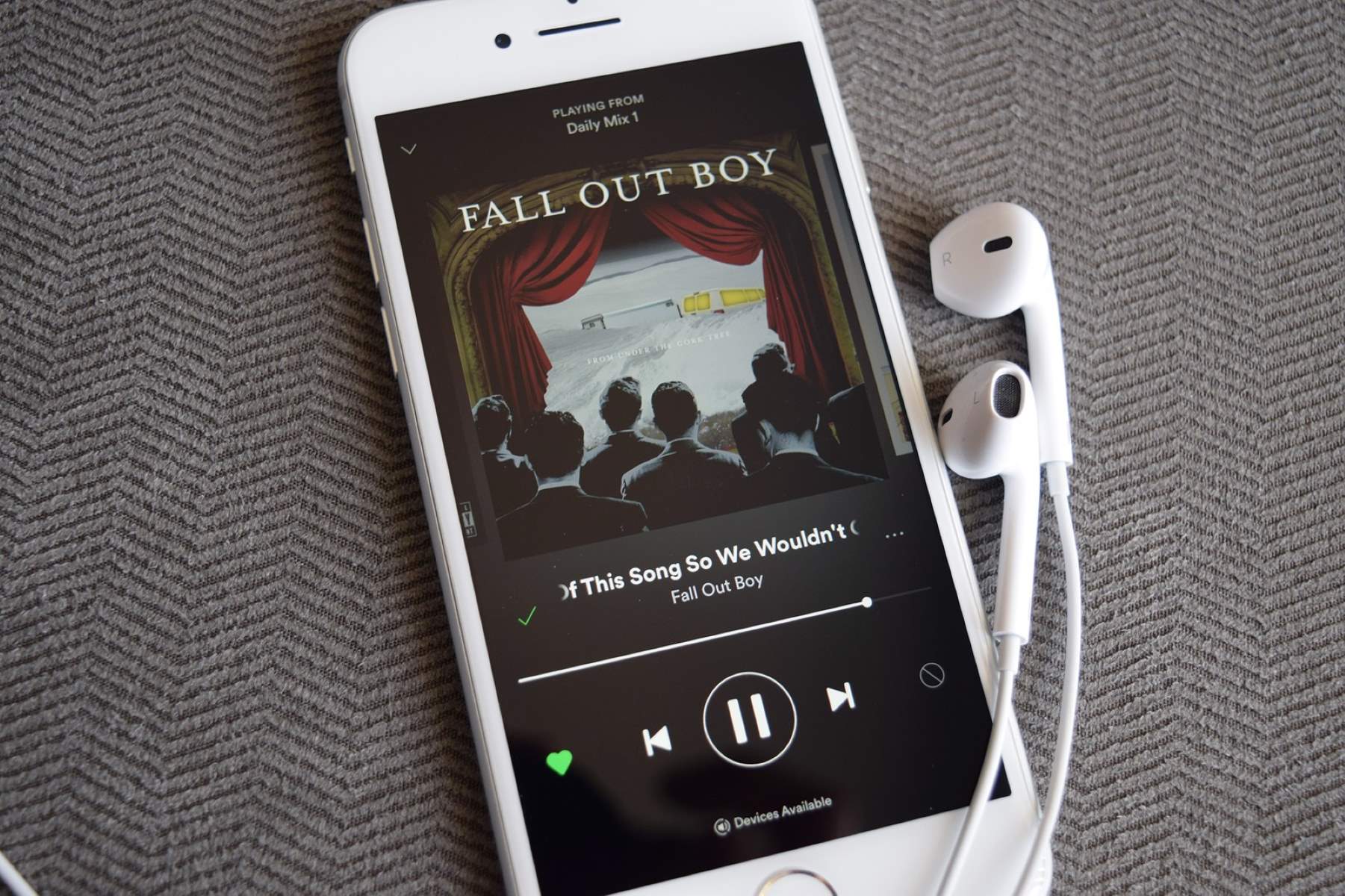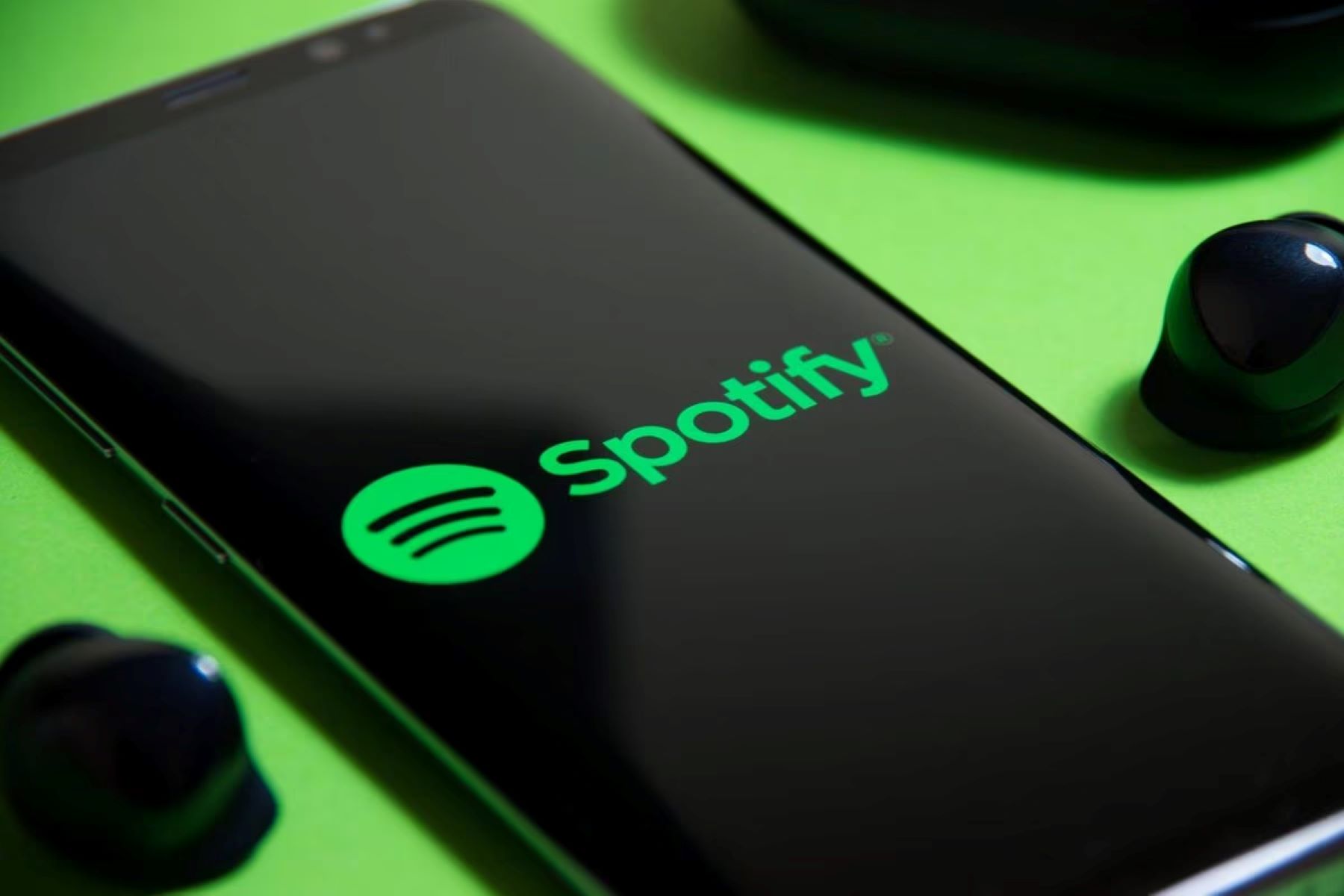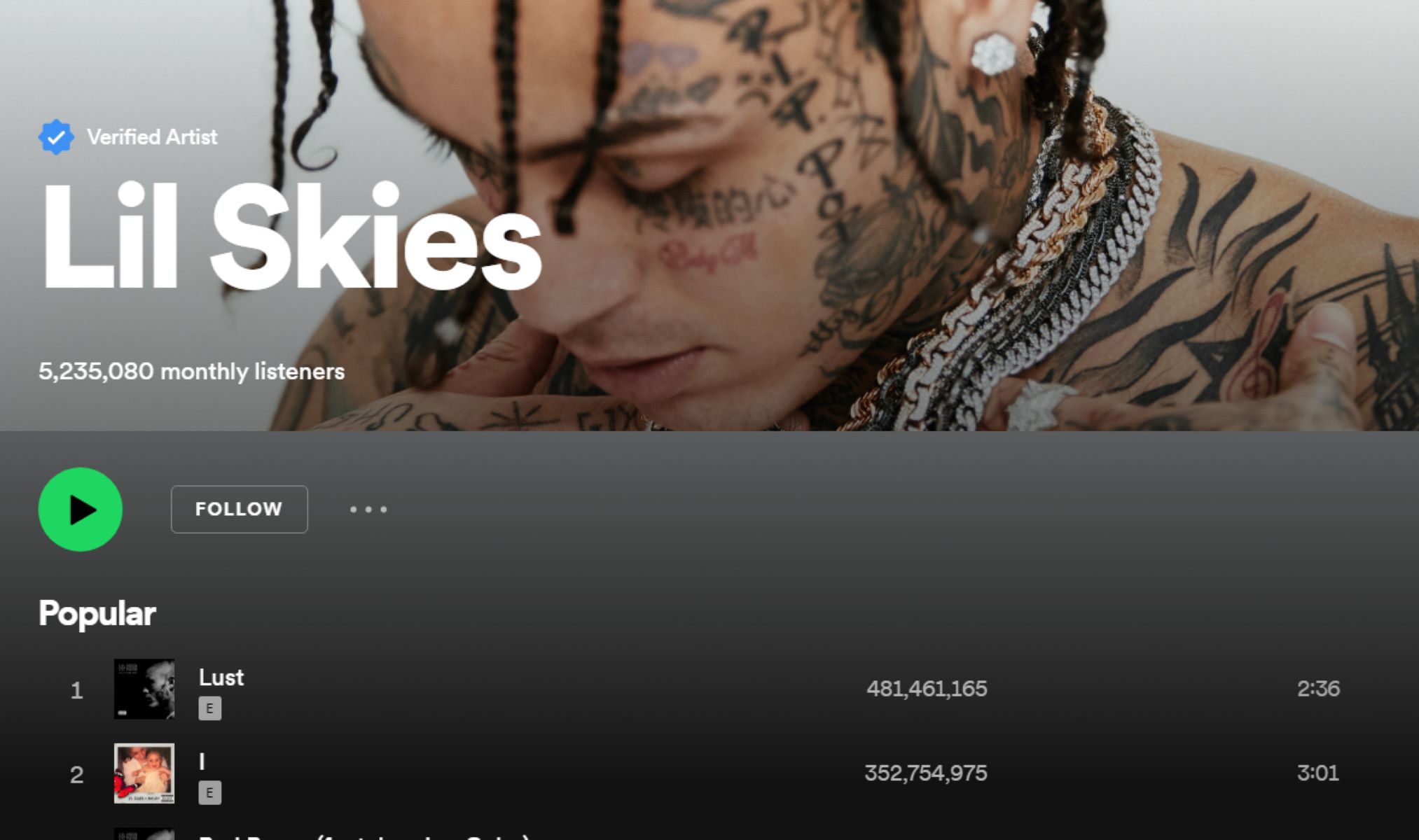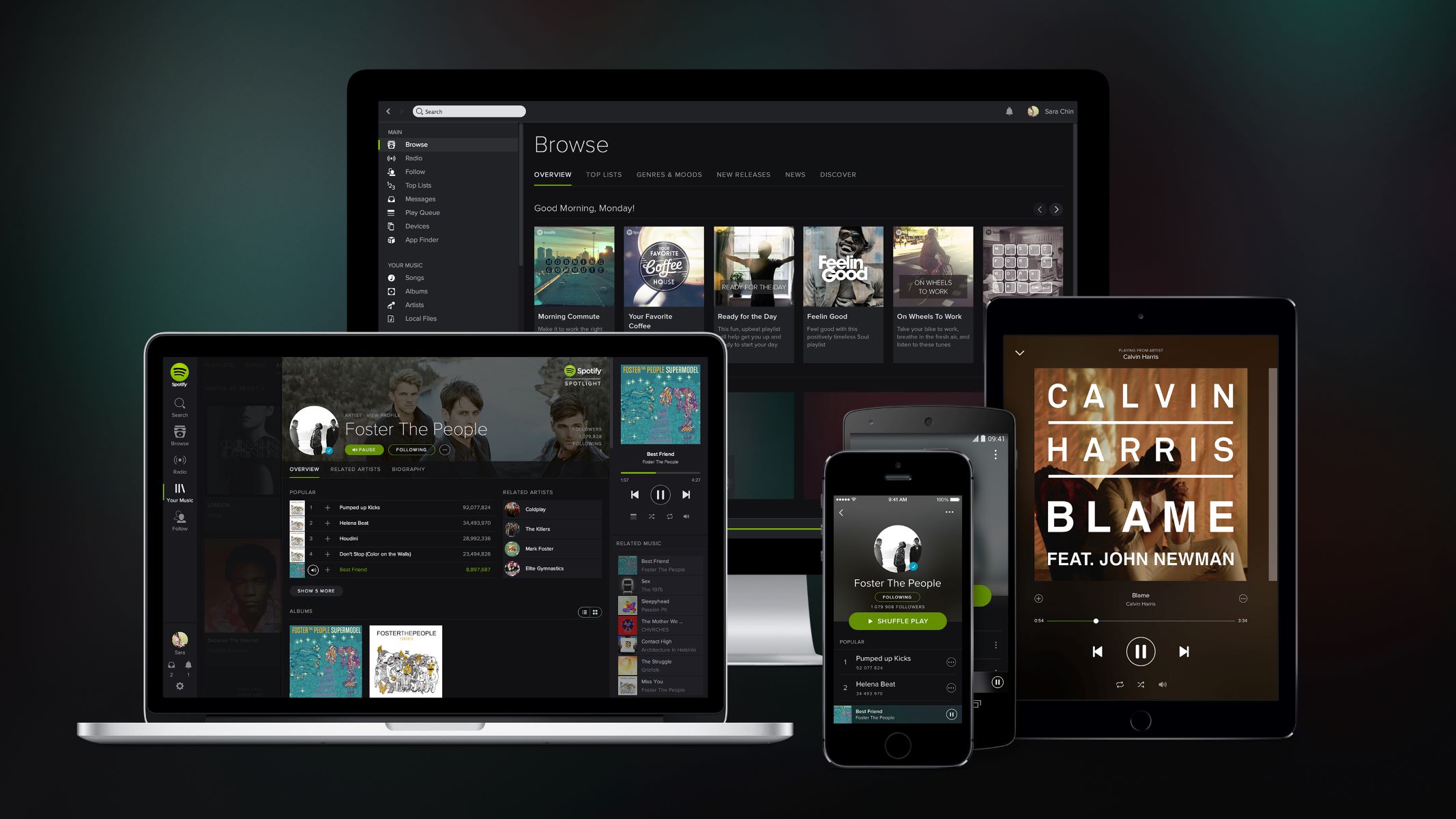Introduction
The rise of music streaming platforms has revolutionized the way artists share their music with the world. Among these platforms, Spotify has emerged as a dominant force, connecting millions of listeners with a vast array of music genres and artists. As an independent artist, creating an artist account on Spotify can significantly boost your visibility and reach, allowing you to connect with a global audience.
In this article, we will guide you through the process of creating and managing an artist account on Spotify. We will discuss the steps necessary to upload your music, optimize your profile, and promote your music effectively. Whether you’re an up-and-coming artist or an established musician looking to expand your reach, this guide will provide you with the insights and strategies you need to make the most of your Spotify artist account.
Before diving into the technical details, it’s important to understand the immense potential that Spotify offers. With over 345 million active users around the world, including both free and premium subscribers, Spotify provides an unrivaled opportunity to showcase your music to a wide and diverse audience. Additionally, Spotify’s powerful algorithm-driven playlists and personalized recommendations can help your music reach listeners who are likely to enjoy it based on their preferences.
Moreover, Spotify provides you with valuable insights through their analytics dashboard, allowing you to track the performance of your music and understand your audience better. This data can be invaluable in refining your marketing strategies and identifying trends that can further advance your career as an artist.
Creating an artist account on Spotify is not only a means to showcase your talent but also a way to connect with fans, promote your music, and potentially generate revenue through streaming royalties. So, let’s dive into the process of creating an artist account on Spotify and explore the various tools and features that will help you thrive in the digital music landscape.
Creating a Spotify Account
The first step in getting started on Spotify is to create a personal account. If you already have a personal Spotify account, you can skip this step and proceed to the artist verification process.
To create a Spotify account, simply visit the Spotify website or download the Spotify mobile app from your device’s app store. Once you’ve entered the website or opened the app, click on the “Sign Up” button to get started. You will be asked to provide some basic information such as your email address, a password, and a display name.
It is important to choose a display name that reflects your brand as an artist. This will be the name that fans will see when they search for your music on Spotify. Consider using your stage name or a unique name that represents your musical identity.
After entering the required information, click on the “Sign Up” or “Create Account” button, and you will receive a confirmation email to verify your account. Follow the instructions in the email to verify your email address and complete the account creation process.
Once your personal account is created and verified, you can proceed with the artist verification process to gain access to the Spotify for Artists platform.
Please note that Spotify has certain eligibility requirements for artists to be verified and gain access to the Spotify for Artists platform. These requirements may include having a significant presence on other social media platforms, a certain number of followers, and an active release history. While eligibility requirements can vary, it is essential to build up your presence as an artist and engage with your audience on various platforms to increase your chances of being verified.
Now that your personal Spotify account is set up, let’s move on to the next step: artist verification. This process will allow you to claim and manage your artist profile on Spotify, giving you access to various features and tools to promote your music effectively.
Artist Verification
Artist verification is a crucial step in gaining access to the Spotify for Artists platform, which provides you with valuable tools and features to manage and promote your music. Once your personal Spotify account is created, you can proceed with the artist verification process.
To get verified as an artist on Spotify, follow these steps:
- Ensure that you meet Spotify’s eligibility requirements for artist verification. These requirements may include having a significant presence on other social media platforms, a certain number of followers, and an active release history.
- Visit the Spotify for Artists website and click on the “Claim Your Profile” button.
- If you already have music on Spotify, search for your artist name in the search bar. If your music is not already listed on Spotify, you will need to distribute your music to the platform through a digital music distribution service. Once your music is live on Spotify, you can proceed with the verification process.
- Once you’ve found your artist profile, click on the “Claim” button next to it.
- Fill out the verification form with the required information, such as your artist name, email address, and links to your social media profiles. It is important to provide accurate and up-to-date information to expedite the verification process.
- Submit the verification form and wait for Spotify to review your submission.
- Once your artist verification is approved, you will receive an email notification confirming your access to the Spotify for Artists dashboard.
Once you have access to the Spotify for Artists platform, you can start managing your artist profile, gaining insights through analytics, promoting your music through playlists, and more. It is important to keep your artist profile updated with compelling bio, high-quality images, and links to your social media accounts to engage with your fans effectively.
Remember, artist verification on Spotify is not an instant process, and it may take some time for your verification request to be reviewed and approved. In the meantime, continue to focus on creating and promoting your music, building your online presence, and engaging with your audience on other platforms.
Now that you’ve successfully verified your artist account on Spotify, let’s move on to the next steps: preparing your music and uploading it to the platform.
Preparing Your Music
Before you can upload your music to Spotify, it’s essential to ensure that your tracks are properly prepared and optimized for the platform. This includes several key steps to maximize the quality and discoverability of your music.
1. Audio Quality: Make sure that your music is professionally recorded, mixed, and mastered. High-quality audio is crucial for creating a positive listening experience for your audience. If you’re not confident in your audio production skills, consider working with a professional audio engineer.
2. Metadata: Pay attention to your music’s metadata, which includes information such as song title, artist name, album title, genre, and release date. Accurate and consistent metadata ensures that your music is correctly categorized and easily discoverable. Double-check for any spelling errors or inconsistencies.
3. Album Artwork: Create visually appealing and eye-catching album artwork that represents your music and brand. Spotify recommends using a square image with a minimum size of 1440×1440 pixels and a maximum file size of 4MB. Avoid including any text or logos in the corners, as they may be cropped on different devices.
4. Lyrics: Consider adding the lyrics to your songs on Spotify. This can enhance the listening experience for your fans and make your music more engaging. You can do this through Spotify’s lyrics integration or by providing the lyrics separately in the song metadata.
5. ISRC Codes: Obtain ISRC (International Standard Recording Code) codes for your tracks. These codes uniquely identify each individual recording and help with tracking and royalty collection. You can obtain ISRC codes through a music rights organization or a digital music distributor.
By properly preparing your music before uploading it to Spotify, you increase the chances of attracting listeners and standing out among the millions of tracks available on the platform. Take the time to ensure that your music meets industry standards and reflects your artistic vision.
Once your music is ready, you’re just steps away from sharing it with the world. In the next section, we’ll guide you through the process of uploading your music to Spotify.
Uploading Your Music
Now that you have prepared your music for distribution, it’s time to upload your tracks to Spotify. There are several methods you can use to upload your music, depending on whether you’re an independent artist or working with a record label or distribution service.
If you’re an independent artist, you can use a digital music distribution service to upload your music to Spotify. These services act as intermediaries, delivering your music to various streaming platforms, including Spotify. Some popular distribution services include DistroKid, TuneCore, and CD Baby. Research and choose a distribution service that aligns with your needs and budget.
Here’s a simplified step-by-step guide to uploading your music to Spotify using a distribution service:
- Create an account with your chosen distribution service.
- Follow the instructions provided by the distribution service to upload your music. This includes selecting the tracks you want to distribute, providing metadata for each track, and submitting your music for review.
- Pay the distribution fees, which can vary depending on the service and your chosen distribution package.
- Wait for the distribution service to deliver your music to Spotify. This process can take several days or even weeks, as Spotify’s content moderation team reviews all submissions to ensure they comply with their guidelines.
- Once your music is accepted by Spotify, it will be available for streaming on the platform.
If you’re working with a record label or have a distribution deal, they will typically handle the process of uploading your music to Spotify on your behalf. In this case, communicate with your label or distribution partner and provide them with the necessary files and information they require for the upload process.
It’s worth noting that Spotify has certain guidelines and requirements for uploaded music. Ensure that your tracks adhere to their guidelines, which include restrictions on explicit content, copyright infringement, and quality standards. Failure to comply with these guidelines may result in your music being removed from the platform or your artist account being suspended.
Once your music is successfully uploaded to Spotify, it’s time to move on to the next step: setting up your artist profile and optimizing it to attract more listeners.
Setting Up Your Profile
Once your music is uploaded to Spotify, it’s crucial to set up your artist profile to make a strong impression on your listeners. Your artist profile is the public face of your music on Spotify, and optimizing it can help attract more listeners and enhance your brand as an artist.
Here are some key steps to setting up your profile:
1. Profile Picture: Choose a high-quality profile picture that represents your brand as an artist. This could be your logo, a professional photo of yourself, or artwork that reflects your music. Spotify recommends using a square image with a minimum size of 640×640 pixels and a maximum file size of 4MB.
2. Bio and Artist Statement: Craft a compelling and concise bio that provides an overview of your musical journey, influences, and unique style. Use this section to connect with your audience and give them a glimpse into your artistic identity. Spotify allows up to 1500 characters for your bio, so make the most of it.
3. Featured Tracks and Playlist: Choose a couple of your best tracks to feature on your profile. These tracks will appear prominently and provide listeners with a taste of your music. Additionally, consider creating playlists that showcase your favorite songs or tracks that have influenced your style. This can further engage your audience and help them discover new music.
4. Social Media and Website Links: Include links to your social media profiles and website in your profile. This allows fans to connect with you on other platforms and stay updated with your latest releases, news, and updates.
5. Customize Your Profile URL: Spotify provides the option to create a custom profile URL, which can make it easier for your fans to find and share your music. Choose a URL that aligns with your artist name or brand to enhance your online presence.
Take the time to regularly update your profile with new releases, upcoming shows, and other exciting updates to keep your audience engaged. As you gain more visibility on Spotify, consider utilizing the various promotional tools available to artists, such as Spotify for Artists’ Canvas feature, which allows you to create looping videos for your tracks, or creating your own artist playlists.
By putting effort into setting up and optimizing your artist profile, you can create a strong brand presence on Spotify, attract more listeners, and increase the chances of your music being discovered and shared.
In the next section, we’ll delve into effective strategies for promoting your music on Spotify and connecting with your fans.
Promoting Your Music
Once your music is uploaded and your profile is set up, it’s time to shift your focus towards promoting your music and reaching a wider audience on Spotify. While Spotify’s algorithm-driven playlists and personalized recommendations can help expose your music to new listeners, implementing additional promotional strategies can significantly boost your visibility. Here are some effective strategies to promote your music on Spotify:
1. Collaborate with Influencers: Reach out to influencers in your genre and collaborate on playlist placements or promotional campaigns. Influencers can help amplify your music to their followers and introduce your tracks to new listeners who are likely to enjoy your music.
2. Submit to Spotify Playlists: Research and submit your tracks to relevant Spotify playlists. Look for playlists that match your music’s genre, mood, or theme, and tailor your submission accordingly. While getting featured on popular playlists can be challenging, targeting smaller niche playlists can still help build your audience organically.
3. Engage with Your Audience: Interact with your fans and followers on Spotify. Respond to comments, messages, and playlist adds to show your appreciation and build a stronger connection with your audience. Engaging with your listeners can also encourage them to share your music with others.
4. Leverage Social Media: Promote your Spotify music on social media platforms. Share links to your tracks or playlists, behind-the-scenes content, upcoming releases, and engaging updates with your followers. Encourage your fans to follow and share your music on Spotify to reach a wider network of listeners.
5. Cross-Promotion: Collaborate with other artists on Spotify by featuring each other’s music in playlists or through joint marketing initiatives. By cross-promoting with artists who have a similar style or audience, you can mutually benefit from sharing each other’s fan base.
6. Utilize Music Blogs and Online Magazines: Research music blogs and online magazines that feature artists in your genre. Submit your music for review or seek opportunities for interviews or features. Getting featured on popular music platforms can expose your music to a wider audience and provide valuable credibility.
7. Consistent Release Strategy: Plan a consistent release strategy for your music. Releasing singles, EPs, or albums regularly can help build anticipation and keep your audience engaged. Consider creating pre-save campaigns to encourage listeners to add your upcoming releases to their libraries in advance.
8. Live Performances and Events: Incorporate your Spotify music into your live performances and events. Encourage your audience to follow your profile and stream your music on Spotify. Additionally, consider organizing virtual concerts or live streams to reach fans across the globe.
Remember, promoting your music on Spotify is an ongoing process. Be creative, proactive, and open to exploring new avenues for promotion. Consistently engage with your audience, collaborate with other artists, and leverage the power of social media to extend your reach and maximize your exposure on the platform.
In the next section, we’ll delve into utilizing Spotify’s analytics to gain insights into your audience and track the performance of your music.
Connecting with Fans
One of the key advantages of using Spotify as an artist is the ability to connect directly with your fans. Building and nurturing a strong relationship with your audience can not only increase your fanbase but also create a loyal and engaged community around your music. Here are some strategies to effectively connect with your fans on Spotify:
1. Engage through Social Media Integration: Use Spotify’s social media integration to connect your artist profile with your social media accounts. This makes it easier for your fans to discover and follow you on Spotify. Additionally, actively engage with your fans on social media platforms by responding to comments, conducting Q&A sessions, or sharing exclusive behind-the-scenes content.
2. Utilize Spotify for Artists’ Messaging Feature: Take advantage of Spotify for Artists’ messaging feature to directly communicate with your fans. Use this platform to thank them for their support, announce new releases or upcoming shows, and share exclusive content or special offers.
3. Showcase Fan-Created Content: Highlight fan-created content on your Spotify profile or social media platforms. This could include fan covers, remixes, or artwork inspired by your music. Showcasing fan creations not only acknowledges their support but also encourages others to engage with your music and become part of the community.
4. Run Contests and Giveaways: Organize contests or giveaways exclusively for your Spotify followers. This can incentivize new listeners to follow your profile and reward existing fans for their support. Give away merchandise, concert tickets, or exclusive experiences related to your music to engage and excite your fanbase.
5. Collaborate with Fans: Consider collaborating with your fans on Spotify. This could involve featuring fan-remixes of your tracks on your profile, showcasing fan-submitted covers in your playlists, or even involving fans in the creative process by seeking their input or ideas for your music.
6. Personalize Recommendations: Pay attention to the music preferences of your fans and curate personalized recommendations for them. Spotify’s algorithm takes into account users’ listening habits, so creating playlists or recommendations catered to your fans’ tastes can show that you value their support and understand their musical preferences.
7. Stay Connected at Live Shows: Connect with your fans during live shows and events. Share your Spotify profile link on stage, encourage fans to follow you, and incorporate your Spotify music into your live performances. After the show, interact with fans, sign autographs, and take photos to create memorable experiences that foster a deeper connection.
8. Show Gratitude: Most importantly, express your gratitude to your fans regularly. Thank them for listening to your music, supporting your releases, attending your shows, and being part of your journey. Simple gestures of appreciation can go a long way in building long-lasting relationships and turning casual listeners into loyal fans.
By actively engaging and connecting with your fans on Spotify, you can create a dedicated community around your music. Remember, building meaningful relationships takes time and effort, so be genuine, responsive, and consistently show your appreciation for your fans’ support.
In the next section, we’ll explore how to utilize Spotify’s analytics to gain insights into your audience and track the performance of your music.
Utilizing Analytics
Spotify provides valuable analytics and insights through their Spotify for Artists platform. These analytics give you a deeper understanding of your audience, track the performance of your music, and guide your decision-making when it comes to promoting your music effectively. Here’s how you can make the most of Spotify’s analytics:
1. Audience Insights: Spotify’s analytics provides demographic information about your listeners, such as age, gender, location, and listening habits. Utilize this data to identify your target audience and tailor your marketing efforts accordingly. Understand which regions have the highest concentration of listeners to help plan targeted promotional campaigns or live performances.
2. Streaming Data: Spotify’s analytics tracks the number of streams, saves, and skips your songs receive. Monitor which tracks perform the best and identify patterns or trends to inform your future releases. Pay attention to the songs that receive the most engagement and consider promoting those tracks more actively to increase their reach.
3. Playlist Performance: Spotify tracks the number of plays your songs receive from playlists. Identify which playlists are driving the most plays and engagement for your music. Collaborate with playlist curators or create your own artist playlists to boost your music’s visibility and attract more listeners.
4. Discoverability: The analytics reveal how listeners discover your music, whether it’s through Spotify’s algorithm-driven recommendations, searches, or external sources. Use this information to understand the channels driving traffic to your music and adjust your promotional strategies accordingly. For example, if you notice a significant number of listeners discovering your music through external playlists, consider reaching out to more playlist curators or partnering with influencers in your genre.
5. Performance Over Time: Spotify’s analytics allow you to track the performance of your music over time. Monitor how your streams and followers change as you release new music or engage in promotional efforts. This helps you evaluate the effectiveness of your strategies and adapt your approach to achieve better results.
6. Comparisons & Insights: Compare your music’s performance with similar artists in the industry. Gain insights into their strategies and learn from their successes. Identify areas where you can improve and experiment with different approaches to attract more listeners and stand out in your genre.
7. Release Radar & Discover Weekly: Spotify’s analytics also provides data on how you perform in curated playlists like Release Radar and Discover Weekly. Monitor how often your songs appear in these personalized playlists and analyze the impact on your streams and listenership.
By utilizing Spotify’s analytics, you can make data-driven decisions, refine your promotional strategies, and better understand your audience’s preferences and behavior. Use this information to optimize your music releases, target specific regions or demographics, and nurture your fan base for long-term growth.
In the next section, we’ll wrap up this guide with a summary of the key takeaways and final thoughts on maximizing your artist presence on Spotify.
Conclusion
Creating an artist account on Spotify can be a transformative step in your music career. With millions of active users and powerful recommendation algorithms, Spotify provides independent artists with a global platform to share their music and connect with a wide audience. By following the steps outlined in this guide, you can establish and optimize your presence on Spotify, effectively promote your music, and engage with your fans.
Start by creating a Spotify account and then proceed with artist verification to unlock the full potential of the Spotify for Artists platform. Prepare your music with professional audio quality, accurate metadata, and eye-catching artwork to ensure a strong first impression. Utilize digital music distribution services to upload your tracks to Spotify, or work with a record label or distribution partner if applicable.
Once your music is live, make the most of Spotify’s promotional tools and features. Connect with influencers, submit your music to relevant playlists, and engage with your fans on social media. Collaborate with other artists, run contests and giveaways, and personalize recommendations to enhance the listener experience and foster a dedicated fan base.
Stay connected with your fans by responding to messages, showcasing fan-created content, and leveraging live performances. Use Spotify’s analytics to gain insights into your audience, track the performance of your music, and make informed decisions about your promotional strategies. By understanding your audience and adjusting your approach accordingly, you can increase your visibility and discoverability on the platform.
Remember, success on Spotify requires consistency, dedication, and a genuine connection with your fans. Keep creating great music, continue to engage with your audience, adapt your strategies as needed, and stay active on the platform. With perseverance and a compelling presence, you can maximize your impact as an independent artist and reach new heights in your music career.







